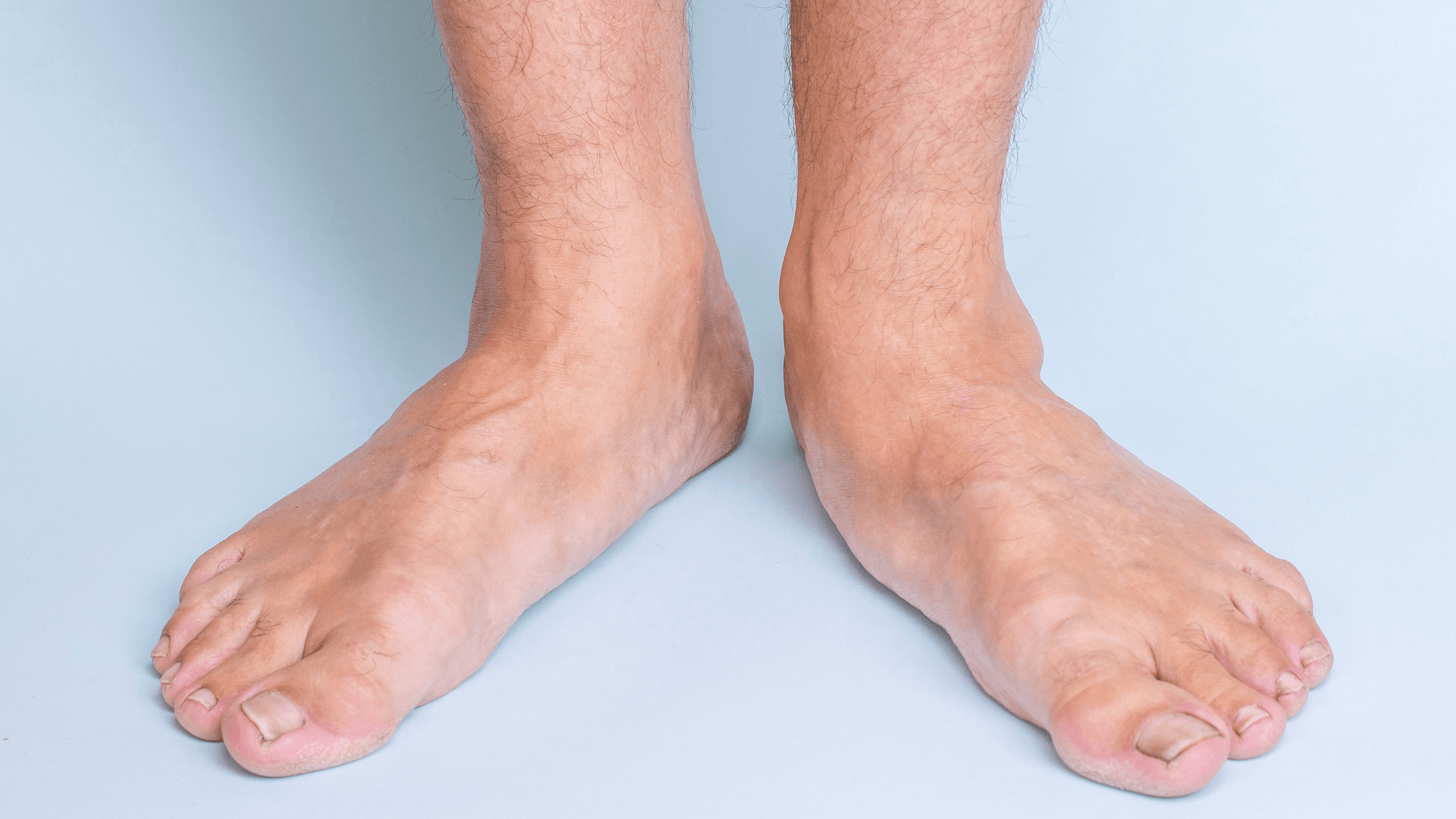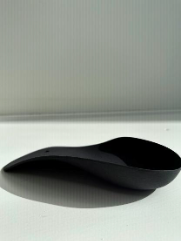Posterior Tibial Tendon Dysfunction (PTTD)
What is Posterior Tibial Tendon Dysfunction?
Posterior Tibial Tendon Dysfunction (PTTD) may sound complicated, but understanding this condition is crucial for anyone experiencing unexplained foot pain or flattening arches.
The posterior tibial muscle originates high on the inside of your leg. This important muscle connects to a tendon that travels down the back of your leg, wraps around the inside of your ankle, and attaches to several bones in the middle of your foot's arch. When functioning properly, this tendon helps maintain your foot's arch and supports normal walking.
When PTTD develops, pain typically manifests around the inner ankle, potentially extending above or below this area. Though often overlooked, this condition is surprisingly common and can significantly impact mobility if left untreated.
Do Feet Naturally Flatten with Age?
With PTTD, yes—feet can flatten dramatically, sometimes quite rapidly. This condition disproportionately affects women over 40, occurring about four times more frequently in women than men. While researchers haven't pinpointed the exact cause, evidence suggests hormonal factors play a significant role. The decline in estrogen levels that occurs with age appears to reduce tendon protection, making these structures more vulnerable to strain and overload.

The Four Stages of PTTD
PTTD progresses through four distinct stages, with treatment options depending largely on when the condition is diagnosed:
- Stage I: Inflammation and pain along the tendon, but the foot maintains its arch when standing
- Stage II: The arch begins to collapse, causing a visible flatfoot deformity when weight-bearing
- Stage III: Significant flatfoot deformity with rigidity developing in the midfoot
- Stage IV: The ankle joint becomes affected, potentially leading to arthritis and severe deformity
Without proper treatment, PTTD can become increasingly painful and significantly limit mobility. Advanced stages may require more aggressive interventions including bracing or surgical correction.
Effective Management Strategies
The key to successfully managing PTTD lies in early identification and appropriate intervention. Treatment revolves around a carefully balanced approach:
Reducing Negative Stressors
- Limit high-impact activities
- Avoid rapid changes in activity level
- Reduce duration of weight-bearing activities
- Allow adequate rest periods for tendon healing
Increasing Positive Stressors
- Implement controlled strengthening exercises
- Gradually build tendon resilience
- Develop proper movement patterns
- Enhance overall foot stability
Comprehensive Treatment Approach
Most cases respond well to non-surgical treatment, particularly when caught in earlier stages. Advanced interventions are typically reserved for Stage IV cases where joint rigidity has developed and the foot remains permanently flattened.
Custom Orthotics: A Critical  Intervention
Intervention
Custom foot orthotics play a vital role in PTTD management. These specialized devices provide crucial support to the longitudinal arch along the inside of your foot, effectively unloading the stressed tendon. When paired with appropriate footwear, high-quality orthotics can dramatically reduce pain and improve function.
When to Seek Professional Help
If you're experiencing any of these symptoms, consider scheduling a podiatric evaluation:
- Inner ankle pain, especially during or after activity
- Gradually flattening arches
- Difficulty walking on uneven surfaces
- Foot fatigue or pain that worsens throughout the day
Remember: early diagnosis and treatment lead to significantly better outcomes! Don't wait until your condition progresses to an advanced stage where treatment becomes more complicated.
Still in Pain?
Are you are feeling like you have tried everything but are still in pain?
Do you feel like you have seen every health practitioner you can about your foot pain?
We have a track record of diagnosing and successfully treating cases that have previously proven difficult to resolve and we’d love to help you get back on your feet doing what you love.

